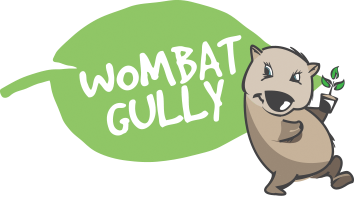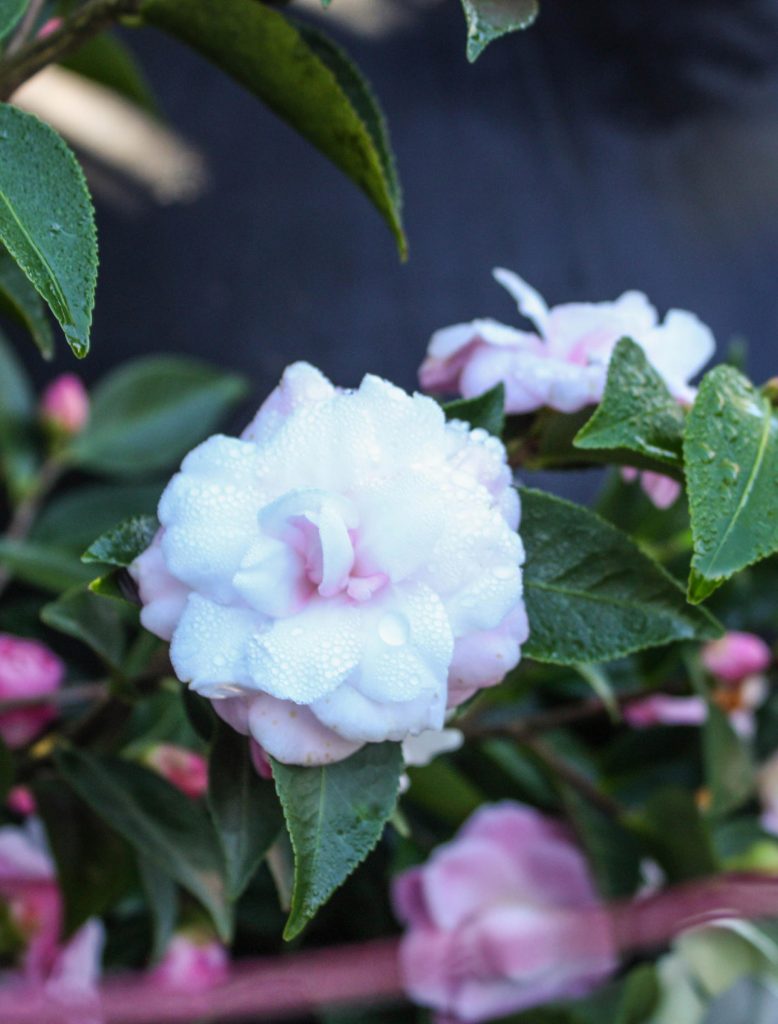Fertilising should always be done after watering. After feeding a further watering is necessary to water the feed in. Camellias are not big feeders and small applications of plant food at regular intervals can be more beneficial than a heavy annual application.
For fertilising, use a processed multi-mix dry manure from fowls, cattle and horses mixed with seaweed, natural blood and bone and eight to nine month slow release fertiliser.
We also use liquid cow manure which we obtain by placing a small quantity of the dry manure in a stocking leg and allowing it to soak in a bucket of water until it becomes the consistency of weak tea.
Sulphate of potash used as prescribed by the manufacturers can be of benefit to flowering if applied in February.
Our feeding program commences after flowering or at the beginning of August which ever arrives last.
- August: Remove mulch and apply a couple of handfuls of the multi-mix manure, rake it in, then reapply the mulch and water well.
- September: Apply liquid cow manure sufficiently to wet the entire root area.
- October: Apply a liquid plant food to the foliage of the plant and immediate ground area. NOTE. For Camellia Reticulatas only half strength foliant spray should be used as defoliation may occur.
- November: Slow release fertiliser at the rate prescribed. Water in through the mulch.
- December: Liquid cow manure.
- January: Blood and bone at the rate of one handful per square metre. Water in through the mulch.
- February: Repeat October schedule and apply sulphate of potash.
- March: Liquid cow manure
NOTE: It is not recommended to fertilise unhealthy plants unless you know that their condition is due to a nutritional deficiency.
- April to August plants are flowering and are somewhat dormant, therefore we restrict our feeding program to that as outlined above.
Azalea, Camelia Potting & Inground Mix
Slow release Fertilizer
Peatblend™
Wettasoil Granular™ deep wetting agent
Disease suppressive microflora
Slightly Acid pH

